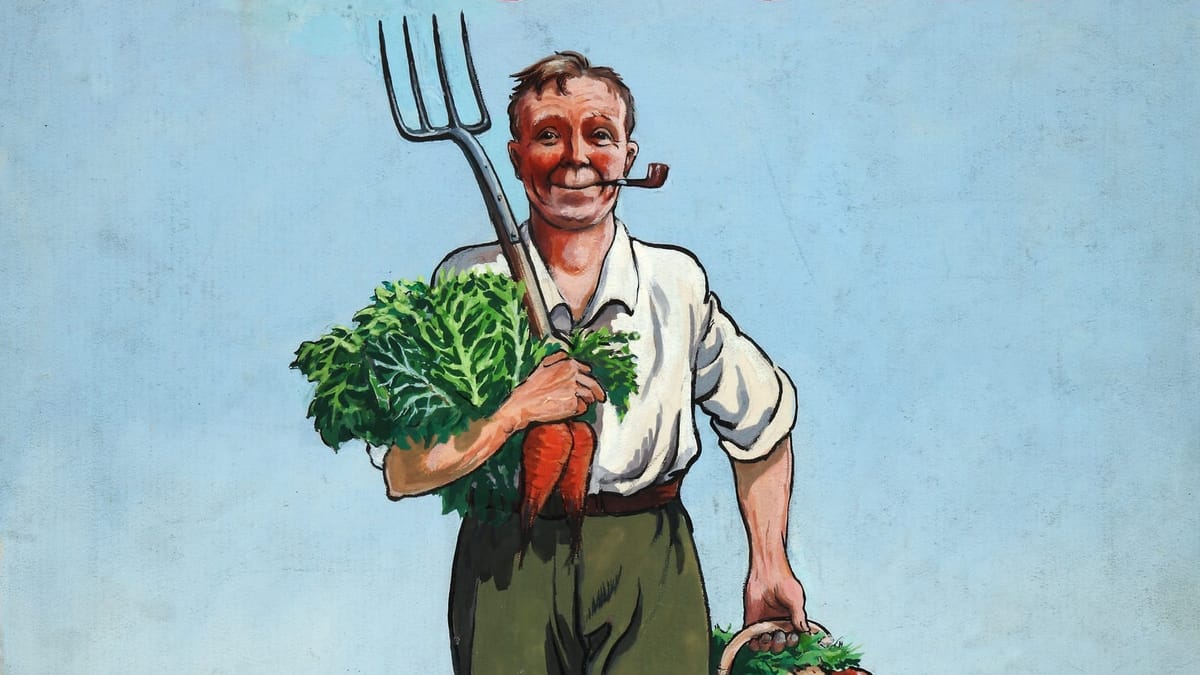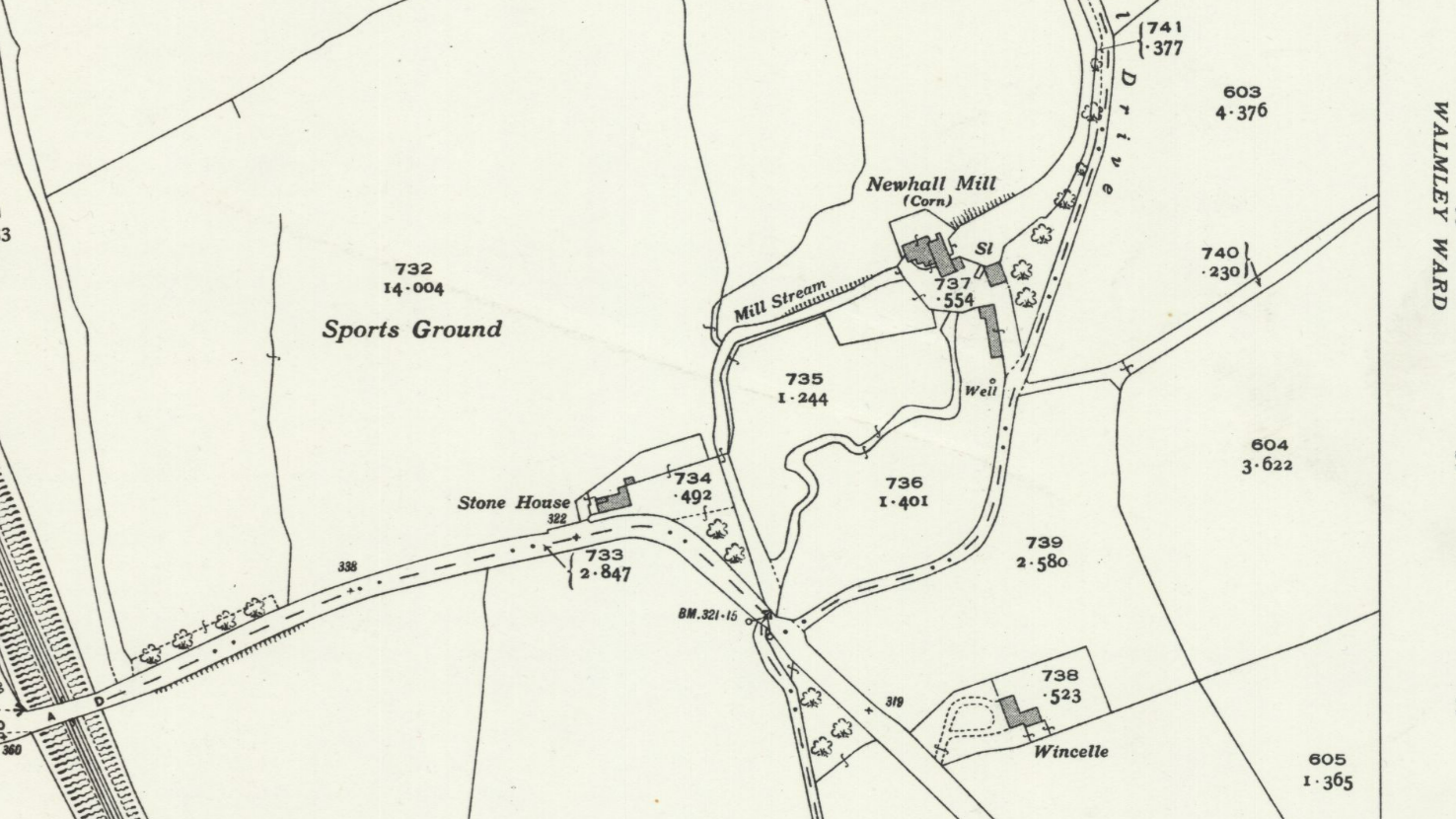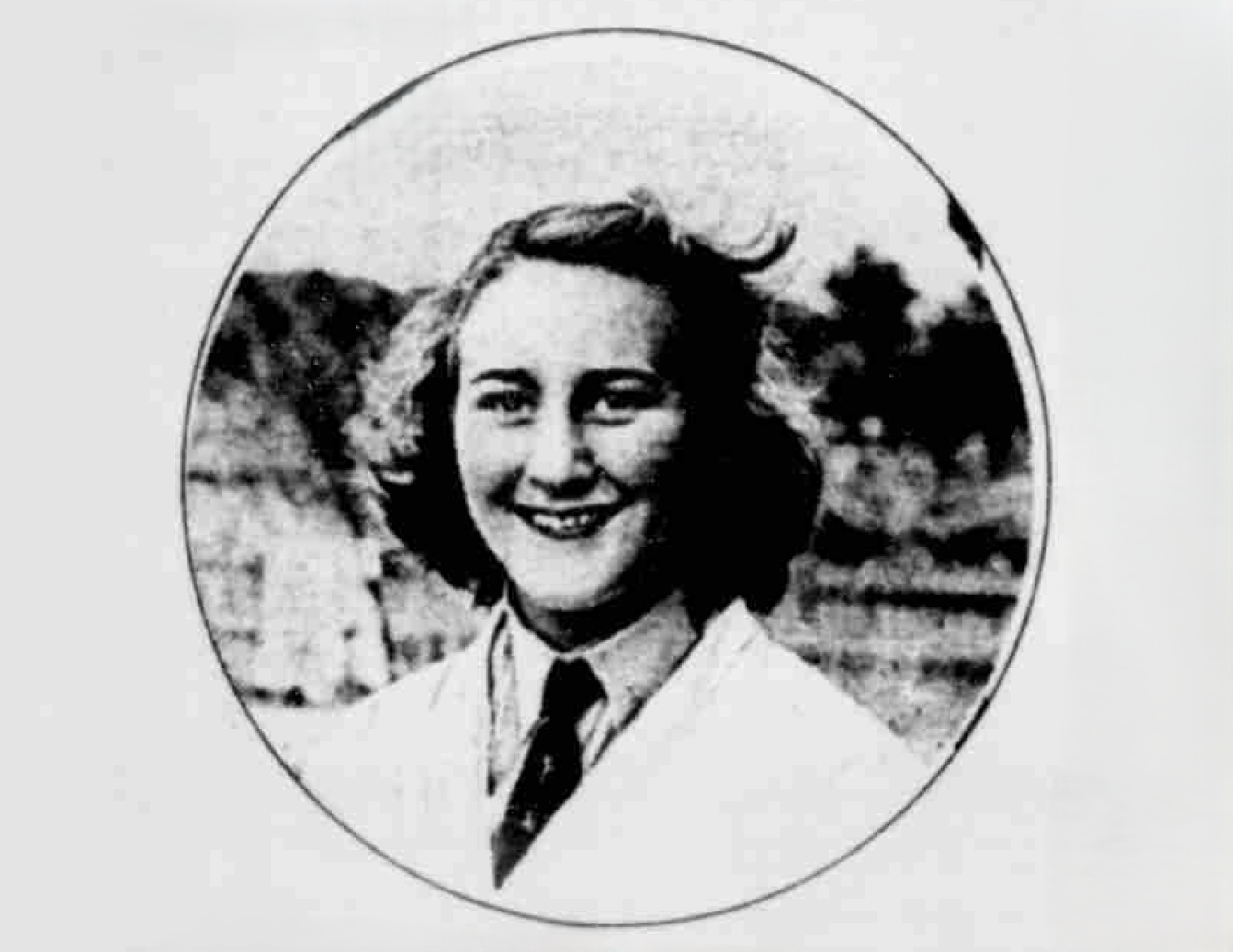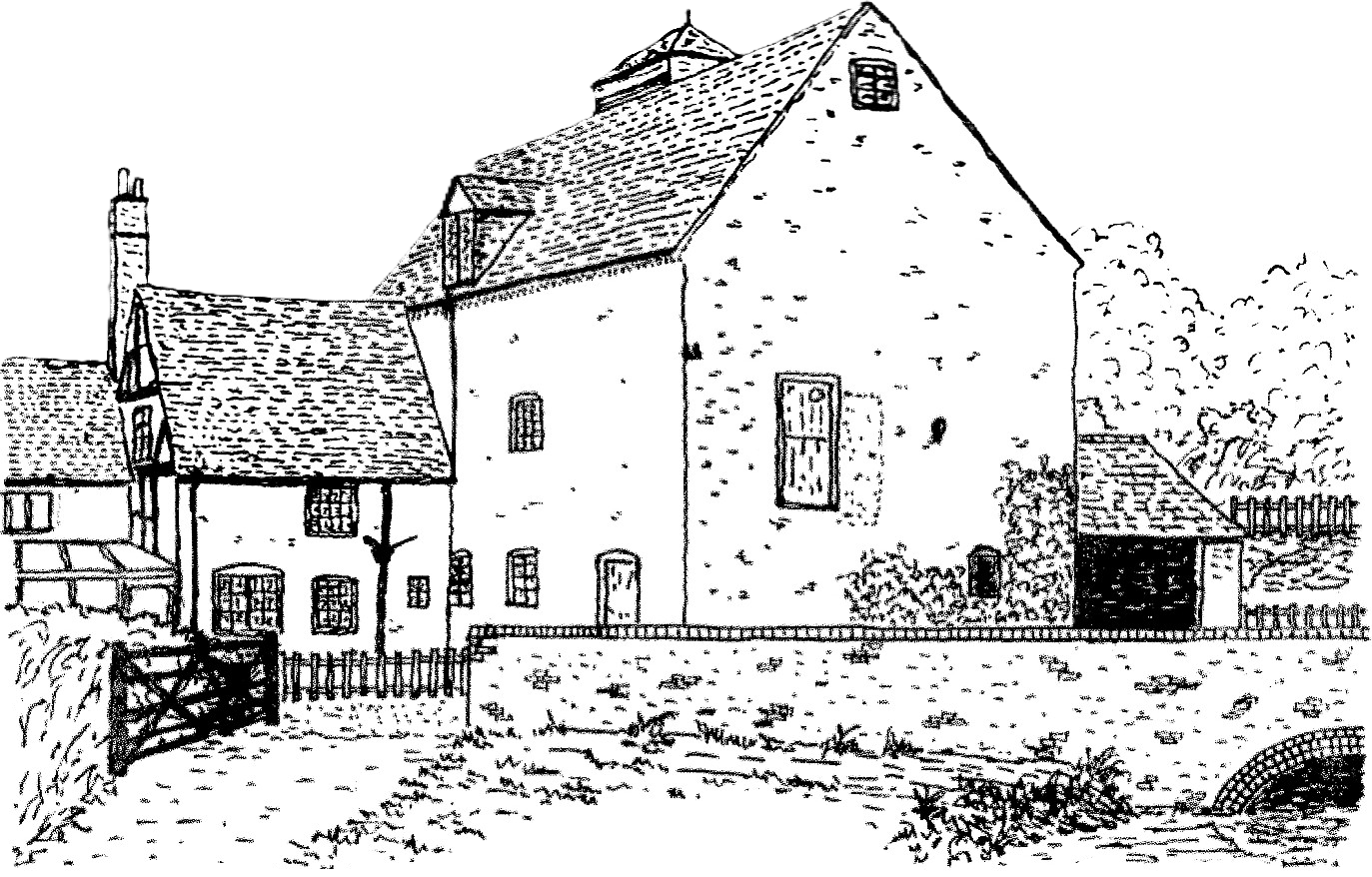New Hall Mill and its surroundings in WW2

Every year we hold a 1940s themed Open Day at New Hall Mill. Many of our volunteers dress up, and our wonderful stallholders join in with their own costumes and WW2 displays. On this page we are collecting information about what was happening at New Hall Mill during WW2. Germany invaded Poland on 1st September 1939, and Britain and France declared war on Germany on 3rd September 1939.
New Hall Mill in Wartime

On 29 September 1939 when the national Register was taken, Charles George Davis was recorded as 63 years old, working at the mill as a grist miller. He remained at the Mill throughout the War.
Charles had taken over the tenancy of the mill in 1929. He was 53 then - quite an age to take up such a demanding new career. He may have had staff to help him, and he probably hoped that his son Ben Davis would soon take over the Mill, but Ben already had his own career as a motor driver, fitter and turner.
We have not yet found any records of the Mill's activities in wartime. It is possible that Charles took on temporary staff during this period, such as lads too young to enlist, or perhaps women.
Charles's son Ben Davis enlisted on 19th Sep 1939 and joined the Royal Army Ordnance Corps (later REME, the Royal Electrical and Mechanical Engineers) for the duration of the War. He served in France, Tel-el-Kebir, and Eritrea. You can read about his service on our Ben Davis page. Ben was finally discharged to the Army Reserve on 9th Feb 1946. We don't know exactly when he returned to the Mill, but in 1973 he said he took over "nearly 30 years ago", so it was probably immediately on his release from service.
New Hall in Wartime
During WW2, Alfred Ernest Owen's widow, Florence, was living at New Hall, where she had been given a life tenancy. In 1939 she lived there with her son Ernest Owen, Charles Green (a butler/valet), and Hilda Bramhall (a housemaid).
For several years before the war, exhibitions of disabled men's handicrafts had been held at New Hall, sometimes with more than two hundred people present. The sales were held by the Disabled Men’s Handicrafts, Ltd. The May 1939 sale was opened by Lord Saye and Sele and was presided over by the Mayor of Sutton Coldfield. Lord Saye and Sele paid a tribute to the craftsmanship of the men and spoke of the high quality of the exhibits. The sales continued as the war began. The one on Saturday 25th May 1940, was opened by Essex Leila Hilary Eyres-Monsell, Viscountess Monsell. The 1942 sale was opened by Lady Dorothy Meynell, who was presented with a Red Cross doll made by one of the men.
Jim Owen says that more than 20 bombs fell in the area around New Hall. There were concerns that the Germans were targeting the Castle Bromwich spitfire works, and Jim believes that the Owen family were concerned about the moat acting as a landmark for bombers, so they put foliage across the moat to stop it from reflecting
Jim also recalls that it was said that an iron barred window was dismantled for metal reclamation during the war and was never reinstated. As a result, a burglar gained access to the house via this window in the 1950s.
The Highway in Wartime
Alfred Ernest Owen's son, Alfred George Beech Owen, lived at The Highway in 1939. In the 1939 Register, the names of two children (almost certainly Helen Grace Owen and Alfred David Owen) are redacted, and two members of staff are listed: Selina M Sillitoe (later Russell), the children's nurse, and Elizabeth M Birch (later Ensor), a housemaid. The children's mother, Eileen, was a patient at a nursing home at 64 Lichfield Road, probably due to the imminent arrival of her third child, John Ernest Owen.
New Hall Farm in Wartime

New Hall Farm's land and its farm yard were both to the north of New Hall. Frank E Cashmore, who was the dairy farmer living at New Hall Farm. In September 1941, Alfred George Beech Owen, formed a new company, New Hall Farm Ltd., with capital of £7,500, to carry on the business of farmers, dairymen, etc. The directors were Alfred G B Owen and Frank E Cashmore. The registered office was at the Victoria Works, Booth Street, Darlaston.
New Shipton Farm in Wartime

Arthur John Terry was living at nearby Langley Heath Farm when he married Laura Mary Barber in 1905. Their first marital home was Berwood Farm, Chester Road, Erdington. From at least 1911, the Terry family were living at New Shipton Farm. They had seven children: Alice Laura, Dorothy Gladys, Norman Arthur (their only son), Madge, Winifred (who died as a baby), Brenda Eileen, and Kathleen Margaret. Their eldest daughter Alice married Frank Joseph Phelps Eagles in 1928 and moved to Berwood Farm, but the rest of the family remained together at New Shipton. It was an horsey family. Arthur was a judge and organiser of Horse Shows, and Madge, Brenda, and Kathleen were keen riders.

When war broke out in 1939, the Terry family were still at New Shipton. Arthur was a farmer, Norman a farm manager, and Arthur and Norman were Special Constables for the Warwickshire Police. In this role they supported the regular police force during wartime, playing a crucial role in civil defense, assisting with air raids, enforcing blackouts, and helping with evacuations. Madge and Kathleen were both land workers in 1939, while Laura and Dorothy ran the home. Brenda was a school teacher, the only one living at New Shipton not working on the farm. Alice and her husband Frank were now living at Froggatts Farm, a dairy farm.
In 1939 Kathleen Terry was awarded the title of Milkmaid Queen of the East Midlands in the Milkmaid Charm competition at the Sutton Horse Show at Moat House on Lichfield Road. The newspaper reported:
An innovation yesterday was the “Milkmaid Charm" competition in which the Milk Marketing Board co-operated. The competition was confined to the East Midland Region and its object was to select a competitor to appear at the Dairy Show in London next month with other "regional queens". The country girl most suited to personify "milkmaid charm" will be chosen from among these competitors. Six girls took part in yesterday's competition. They walked round the ring and the spectators were invited to make their choice. The ballot resulted in the choice of Miss Kathleen Terry, of Walmley, Sutton Coldfield. She was later driven round the ring and was presented with a bouquet by the Mayoress.
Apparently she was a reluctant contestant and chose not to attend the national finals at the Dairy Show in London!

The war was a time of marriages for the Terry family. In June 1940, Dorothy married Richard Charles Wheatley at Walmley Church, and again in 1940, Brenda married Desmond E Chandler. Then in 1941 their sister Madge married Anthony C C Hawkins. Also during the war, Alice produced a string of grandchildren for Arthur and Laura: Cynthia in 1939, Robert in 1941, and Chip. Kathleen married Raymond A Price after the war, in 1948, and settled in Broadway in the Cotswolds. She still kept four horses and rode point to point in 1997!
Brenda and her new husband were living in Grantham in 1941, and she was probably visiting family or friends in Mile Oak when she was involved in a serious car crash at Bodnett's crossroads in Tamworth. The body of her car was ripped off the chassis by the impact. The other driver, William Cope RAF, was at fault. Thankfully, although injured, Brenda survived.
Mr Stanley Burton took over New Shipton Farm in about 1944. The freehold of New Shipton came up for auction after the war, in 1948.

Warren House Farm in Wartime
The land immediately behind the Mill was part of Warren House Farm. The farmhouse was (and still is) between 189 and 191 Walmley Road, yet no household is listed here in the 1939 Register. Perhaps it was empty in 1939.
Warren House Farm could not have been renamed York House, which is listed between numbers 191 and 193. This was the home of John Bernard York, his wife Catherine Emily York, and his son John Gordon York, a 24-year-old jig and tool draughtsman. Their eldest son, Bernard Oscar York, was a draughtsman living in Ipswich. A Special Constabulary employment record for document for John Gordon in 1942 shows that he formerly lived at 191c Walmley Road which must have been York House.

We cannot, therefore, confirm what was happening at Warren House Farm in wartime between 1939 and 1944. However, we do know that Arthur and Laura Terry moved into Warren House Farm some time between 1944 and 1947. About 1954 Norman Terry took over the running of the farm, but sadly he committed suicide in June 1954, after six months of depression, during which seemed to be losing interest the farm. His death came just four days after getting engaged to a young employee, Jeannette Case. Alice's husband Frank Eagles moved to Clevedon in 1960. Arthur died in 1966 and Laura in 1969.

Notes
Ongoing research by Sheridan Parsons. If you can tell us any more about the Mill in wartime, please get in touch!
